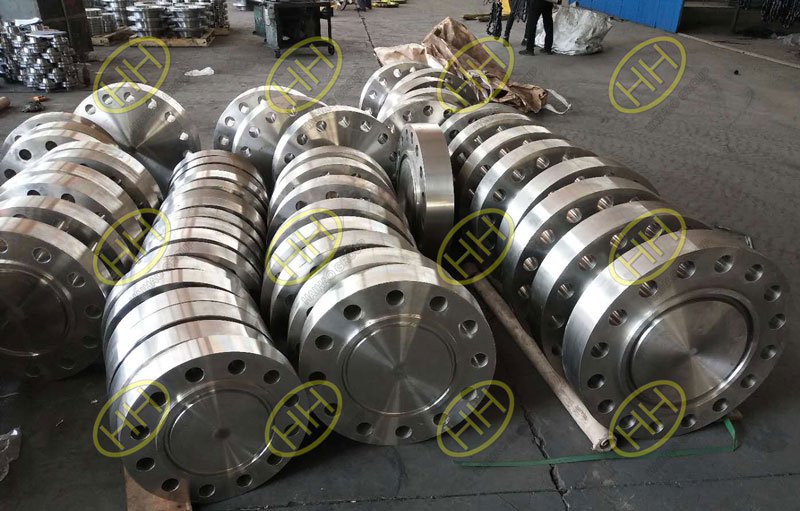What is hot forging?
Hot forging entails the heating of a workpiece to about 75% of its melting temperature. This allows for the flow stress and energy required to form the metal to lower,effectively increasing the rate of production (or strain rate). Hot forging aids in making the metal easier to shape as well as less likely to fracture.
Iron, along with its alloys,are almost always hot forged for two main reasons:
- If work hardening progresses,hard materials (such as steel and iron) will become more difficult to work with, and
- It is a more economical option to hot forge metals such as steel and then follow with heat treatment processes as metals such as steel can be strengthened through other processes (and not necessarily just cold working processes).
While other materials need to be strengthened through the forging process itself,materials such as most of the titanium and aluminum alloys,can be hot forged and then then hardened.
Average temperatures for hot forging includes:
- Aluminum (Al) Alloys – 360° (680°F) to 520°C (968°F)
- Copper (Cu) Alloys – 700°C (1 292°F) – 800°C (1 472°F)
- Steel – up to 1 150°C (2 102°F)
During hot forging processes, the temperature reaches above the recrystallization point of the metal being formed. Being a process in which metals are plastically deformed above their recrystallization temperature, these high temperatures are required in order avoid strain hardening during deformation.
This process usually involves heating the metal (to the above its recrystallization point) after which it is smashed into a die-depending on the requirements,this die can also be heated. Because the metal is hot, it ‘moves around’ easily and allows manufacturers to create more elaborate shapes than with cold forging.
With super alloys (which have low forgeability), processes such as isothermal forging – where deformation takes place within a controlled atmosphere – is used in order to avoid oxidation.
Isothermal forging,also know as hot die forging,is a hot working process which entails the workpiece being maintained at its maximum elevated temperature throughout the entire forming process.
Maintaining this temperature is done by heating the die-this will be at the temperature of,or slightly lower than the elevated temperature of the workpiece.Forces exerted by this die forms the workpiece and,because the die is also at an elevated temperature, cooling of the workpiece between the mold work interface is eliminated.This in turn results in an improvement of the metal’s (workpiece’s) flow characteristics.
The advantages of hot forging
Commonly used for the type of parts that have an influence in technical applications,hot forging is also a recommended process for deformation of metals that feature high formability ratios.
- An increased ductility.
- Because of the decrease in yield strength, it takes less energy (or force) to work with the material.
- During hot forging and subsequent deformation, pores can reduce (in size) or close completely.
- Because the elevated temperatures increase diffusion it is possible, in turn, to reduce or remove chemical inhomogeneity.
- In hot forging steel, the weak and ductile FCC (face-centered cubic) austenite is deformed instead of the strong BCC (body-centered cubic) ferrite – which would deform at lower forging temperatures.
The disadvantages of hot forging
Hot working, as all metal forming processes, also has a set of disadvantages. These disadvantages include:
- The result of a less precise tolerance caused by warping and thermal contraction. This is caused in instances where uneven cooling is present.
- There is the possibility that the grain structure may vary throughout the metal.
- With hot working, there is also the possibility of an undesirable reaction between the metal being forged and the surrounding atmosphere.

